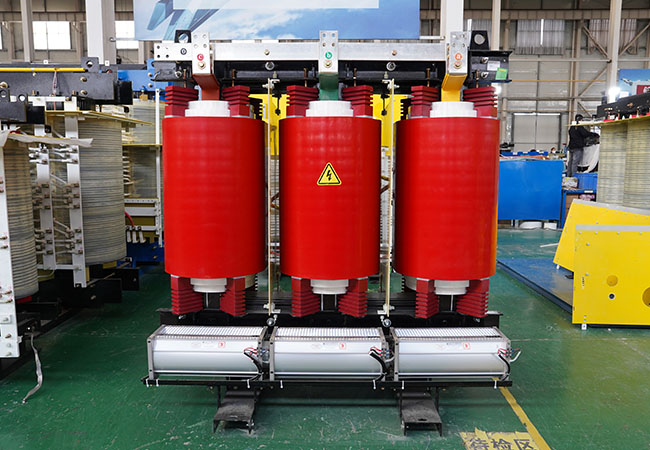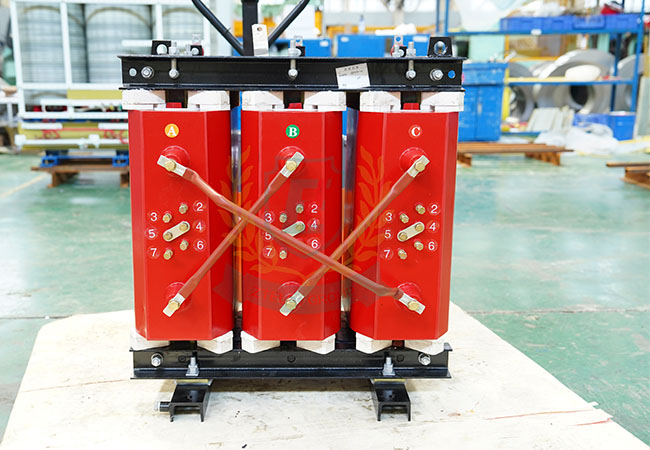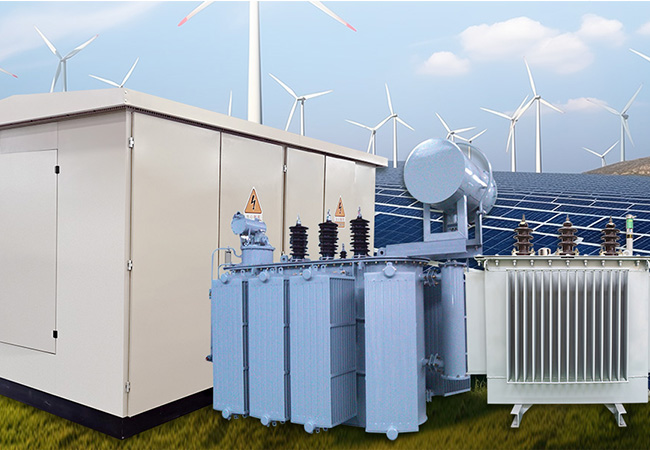How to determine the price of a thousand-type transformer manufacturer?
05-18 2025 | By:
The price of dry-type transformer manufacturers can be judged from the following aspects:
1. Performance and quality
Loss level: The loss of dry-type transformers mainly includes no-load loss and load loss. The lower the loss, the lower the long-term operating cost, the better the energy-saving effect, and the price is relatively high. For example, the price of first-level energy-efficient dry-type transformers such as SCB18 is usually higher than that of second-level energy-efficient transformers.
Short-circuit impedance: Appropriate short-circuit impedance can ensure the safety and reliability of the transformer during short-circuit faults. Generally, short-circuit impedance of about 4%-6% is more common. Special short-circuit impedance may affect the price.
Insulation level: Dry-type transformers with H-level insulation can operate stably at higher temperatures and have better insulation performance, but the price is also relatively high. Users should choose products with appropriate insulation levels according to the use environment and requirements.
Core material: Good cores usually use cold-rolled silicon steel sheets with high magnetic conductivity, such as 30Q130, 27Q120 and other models, which have low loss, high magnetic permeability and other characteristics, which can effectively reduce the no-load loss and noise of the transformer, but the cost is also high.
Winding material: Copper winding has good conductivity and low loss, but the price is higher; aluminum winding has relatively low cost, but slightly worse conductivity. When choosing, it should be considered comprehensively according to actual needs and budget.
2. Brand and reputation
Market awareness: Well-known brands usually have richer production experience, more advanced technology research and development capabilities and more complete quality management systems, product quality and performance are more guaranteed, and the price is relatively high. For example, the prices of products from internationally renowned brands such as ABB and Siemens are often 30%-50% higher than those of some ordinary domestic brands.
User evaluation: By consulting user evaluations and feedback, understand the reliability, stability, after-sales service, etc. of the product in actual operation. You can refer to some professional industry forums, social media platforms or consult users who have used the brand’s products.
3. After-sales service
Response speed: When a dry-type transformer fails or has problems, it is crucial for the after-sales service team to respond in time and provide solutions.
Maintenance capability: The after-sales service team should have professional maintenance technicians and complete maintenance equipment, and be able to conduct comprehensive inspection, maintenance and maintenance of dry-type transformers to ensure that the equipment resumes normal operation as soon as possible.
Accessories supply: Adequate supply of accessories is the key to ensuring the timeliness of maintenance. A good after-sales service provider should be able to provide original genuine accessories in a timely manner to ensure the maintenance quality and compatibility of equipment.
IV. Price and cost
Market price comparison: Understand the market prices of dry-type transformers of different manufacturers, brands and models through multiple channels and make horizontal comparisons. You can refer to the price information published by some industry websites, e-commerce platforms, bidding and procurement platforms, etc. to understand the market situation.
Long-term operating cost: In addition to the purchase price, the long-term operating cost of dry-type transformers should also be considered, including energy consumption cost, maintenance cost, repair cost, etc.
Choosing an energy-saving dry-type transformer, although the purchase price may be slightly higher, the long-term operating cost will be lower.
V. Other factors
Technical parameters: The price will vary depending on the rated capacity, voltage level, short-circuit impedance, no-load loss and other technical parameters of the transformer. Generally speaking, the larger the capacity, the higher the voltage level, and the more advanced the technical parameters of the dry-type transformer, the higher the price.
Customization degree: According to customer needs, manufacturers can provide dry-type transformers with different technical requirements, such as low noise, high efficiency, etc. The higher the degree of customization, the higher the price of the dry-type transformer.
Market supply and demand relationship: If the market demand for dry-type transformers is strong and the supply is relatively insufficient, the price will rise; conversely, if the market supply exceeds demand, the price will fall.
Policy factors: The government’s tax policy and subsidy policy for power equipment will also affect the price of dry-type transformers. For example, the government’s subsidy policy for energy-saving and environmental protection equipment may lead to a drop in the price of such products.
You may also find these interesting:


